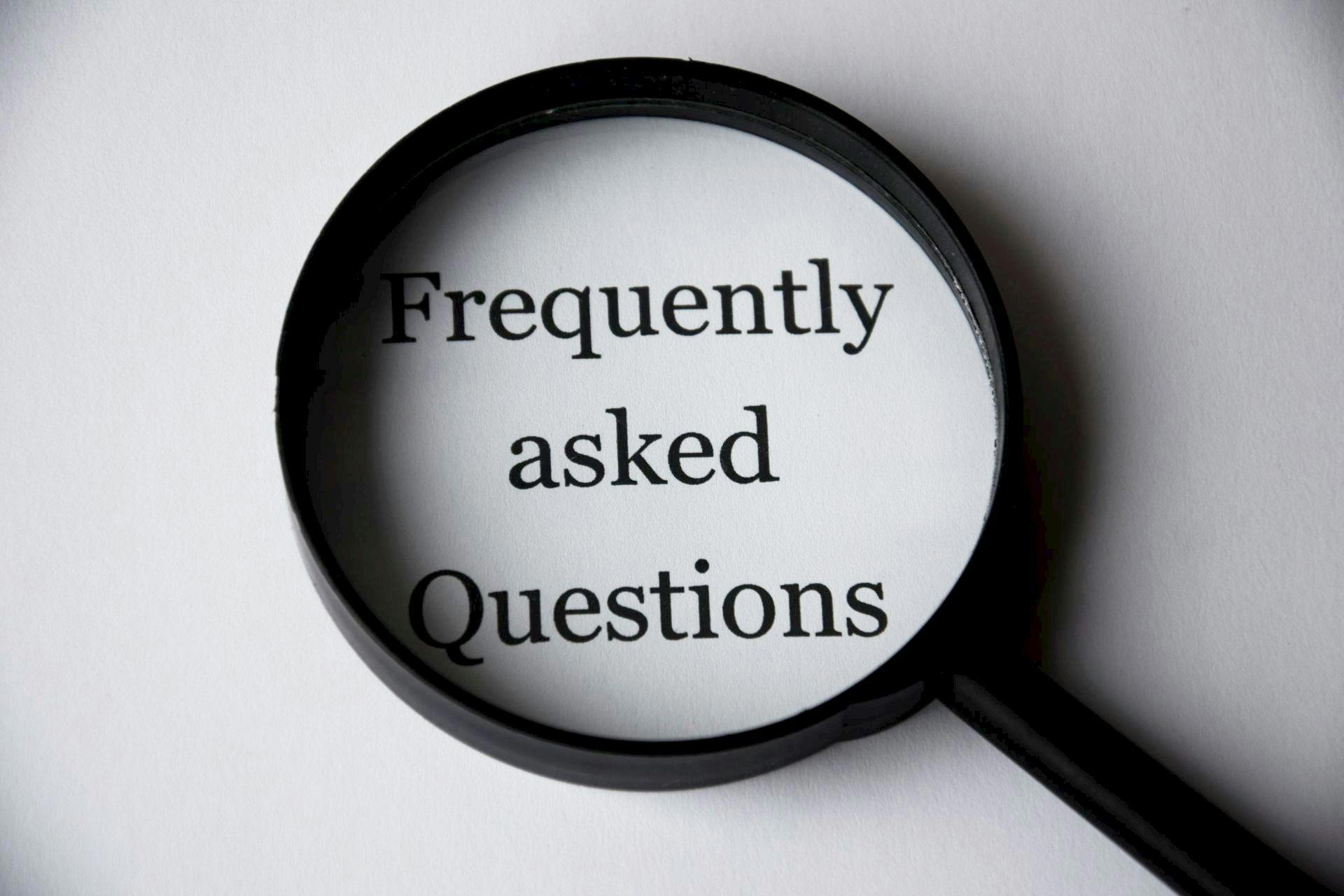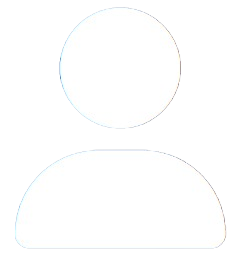JD-Next FAQs for Schools

Frequently Asked Questions
Law School FAQs
The bundled price for the course, test and score reports is $349 if purchased at least 30 days prior to the course start date, when the price increases to $399. There are no additional materials to purchase.
For scholarship information, please view our JD-Next Scholarship Information page.
There is no cost to schools who wish to receive and consider JD-Next scores.
All students must be paid in full prior to starting their course. A full refund will be provided for any written request received within five days after the official start date of the course. To request a refund, a student must email us at jd.next@aspenpublishing.com.
Admissions FAQs
Presently, over 55 law schools have received a variance from the American Bar Association’s Section of Legal Education and Admissions Council to use the JD-Next law school entrance test in lieu of, or in addition to other admissions tests including the LSAT and GRE. View the full list of variance schools.
In addition, any law school can consider JD-Next scores. To do so, please notify JD-Next and announce your intentions on your website and other admissions materials. Set up your application accordingly so applicants can indicate that they will be submitting JD-Next scores. JD-Next is eager to work with you to structure a plan that makes sense for your specific institution. Please reach out to JD.Next@aspenpublishing.com for further information.
Some schools will consider applicants based on the JD-Next score alone, even if the applicants do not have another standardized test score (like the LSAT or GRE). For these schools, the first step is to notify the ABA Council that you are requesting a variance, by completing this quick and simple form.
The variance recognizes the JD-Next test as a permitted alternative to using the LSAT and GRE.
Additionally, law schools without a variance may use ABA Interpretation 503-3 to admit applicants with only a JD-Next score.
Both law school admissions offices that wish to receive applications with only a JD-Next score (i.e., no LSAT score) and applicants who wish to submit as their admissions test score only a JD-Next test score should be aware of proactive steps that need to be taken by the law school.
Law Schools:
A law school that wants to be able to receive a JD-Next score in lieu of an LSAT score from an applicant must proactively waive in the LSAC CAS system the LSAC CAS system’s default requirement that the application contains an LSAT score.
Law schools are receiving email notifications from Aspen Publishing, which runs JD-Next, when they have JD-Next scores available from their applicants. A law school can use those notifications as a prompt for the law school to waive the LSAT score requirement for that applicant.
Check the updated list of schools who accept JD-Next here.
Students:
We advise law school applicants who wish to submit only a JD-Next test score to confirm with the admissions offices of the law schools to which they will apply that those law schools have undertaken the steps needed to be able to receive the applicants’ JD-Next scores (and these applicants’ law school applications more generally).
Scores will be available approximately three weeks after completion of the JD-Next Test. Scores will be reported directly to schools that the applicant indicates. JD-Next will provide guidance as to how to interpret the scores in a way that admissions directors can predict academic performance in their law schools.
No. JD-Next administers the course and test directly to prospective students. The law school only needs to indicate their willingness to receive and consider the scores. (For schools seeking a variance, the ABA requires an annual report from participating schools.)
Please contact Deirdre Lynch at deirdre.lynch@aspenpublishing.com with any questions regarding the variance process or to schedule time to learn more about JD-Next.
The Science of JD-Next
JD-Next has been developed by psychometricians and subject-matter experts over five years, with over $1.25 million in funding, collaborating with more than 40 law schools. Through careful scientific work and formal external review, including a peer-reviewed scientific publication and a technical report authored by one of the leading testing organizations globally, we have found that the JD-Next test:
-
-
is a valid and reliable predictor of law school performance.
-
predicts as well or better than legacy tests and eliminates substantial score disparities between races and ethnic groups.
-
Read the research here.
JD-Next is the leader in measuring a student’s ability to learn. As such, our program does a better job in reducing or eliminating score gaps and achieving more fair and balanced test results for all individuals. How do we achieve this? The JD-Next test is built from the ground up with a testing philosophy based on theories first developed in the 1920s. Rather than trying to measure the abstract and general cognitive assets that students will bring to law school, we give them an opportunity to learn actual law school skills in a structured and supportive environment. In this way, the JD-Next is more like a tryout for law school, and we find only small, non-significant disparities in scores by racial and ethnic groups.
We also know that simply taking the JD-Next course improves performance in law school. Simply completing the course is important information for an admissions officer to consider, as a signal of applicant strength and intentionality. As the California Association of Black Lawyers has written to deans, "JD-Next will not only ensure diversity in our law schools but also in our profession and the judiciary."
Test FAQs
Yes, the JD-Next test is specifically designed to test skills and knowledge developed during participation in the JD-Next course. (For research purposes, we have administered the test to students who have not taken the course, and they perform substantially worse than those who have taken the course.) Given the recommended 8-week pace to complete the course, and the need for scores to be reported in time for the admissions process, applicants should plan to spend 6-10 hours per week on course material leading into the final test.
The exciting thing about JD-Next is that it is both a course and a test. By engaging in the 8-week course and synthesizing the information provided, students are learning everything they need to know for success on the JD-Next test. There are a range of materials built into the JD-Next course allowing students to go deeper into the materials as their needs and interests may require, but there are no additional materials required to purchase. We encourage students to complete all these materials to prepare for the JD-Next Test.
We partner with a major provider of testing services to administer the high-stakes test. The test will be conducted with test security, test-taker identification confirmation, and proctoring. We also provide appropriate accommodation for disabilities. The test will be administered digitally.
Test administration is conducted by Territorium, a global education technology company with more than 12 million users worldwide, which creates industry-leading comprehensive learner records (CLRs) that include personalized assessments and best-fit job opportunities for learners.
Preview scores will be available approximately three weeks after completion of the JD-Next test. Institutions will be notified by email when the score report is available and log in information will be provided.
JD-Next Score Reports include a raw score. Scores range from 400 – 1,000 and are designed to serve as a prediction of the test taker’s likely performance in law school. As with similar law school admissions tests, individual success is based on how high an individual scores as a percentage of the total number of test takers.
JD-Next also will provide law schools with a description of the learning outcomes assessed by the test and taught within the JD-Next course. JD-Next will provide guidance as to how to interpret the scores in a way that admissions directors can attempt to predict academic performance in their law schools.
JD-Next Bridge Program FAQs
JD-Next Bridge is an institutional program allowing law schools to offer the JD-Next course to all or part of their incoming 1L class. The course is available in a 5 or 8 week format and includes a non-proctored final examination.
There are tangible benefits for law schools to offer the JD-Next Bridge program for the student and the institution.
Student:
-
- .20 higher law school GPA (on average)
- Special resource for students at greatest risk entering law school
- Experience completing JD-Next (non-proctored) exam
Institution:
-
- Opportunity to identify students most at risk before 1L classes begin
- Test score
- Ability to use as part of conditional admit or wait list status
There are multiple investment options available to law schools, starting at $199 per student. Institutions have the ability to offer this program to all or part of their incoming class. For further information, please contact Gregg Chalk at Gregg.chalk@aspenpublishing.com.
 HELP
HELP
 ENROLL NOW
ENROLL NOW
 LOGIN
LOGIN
